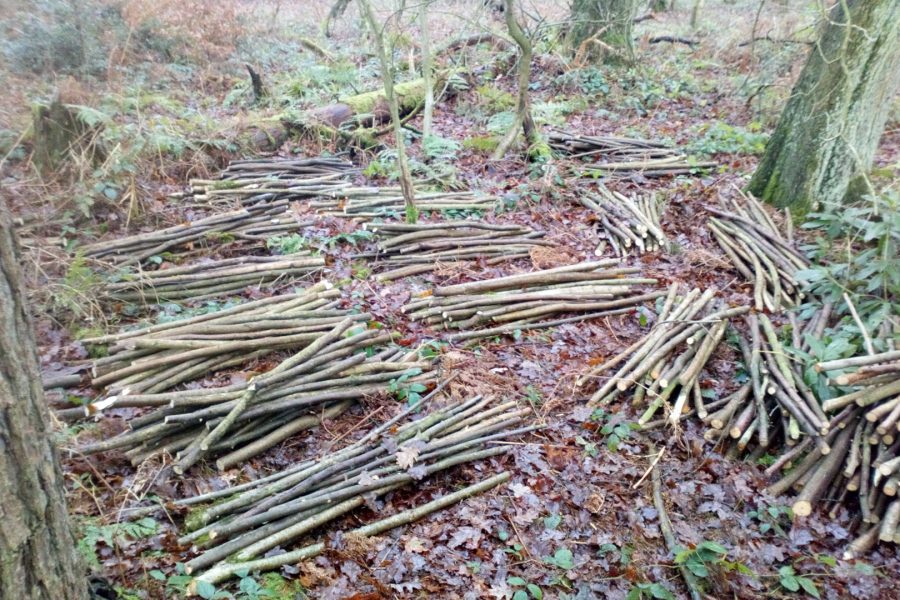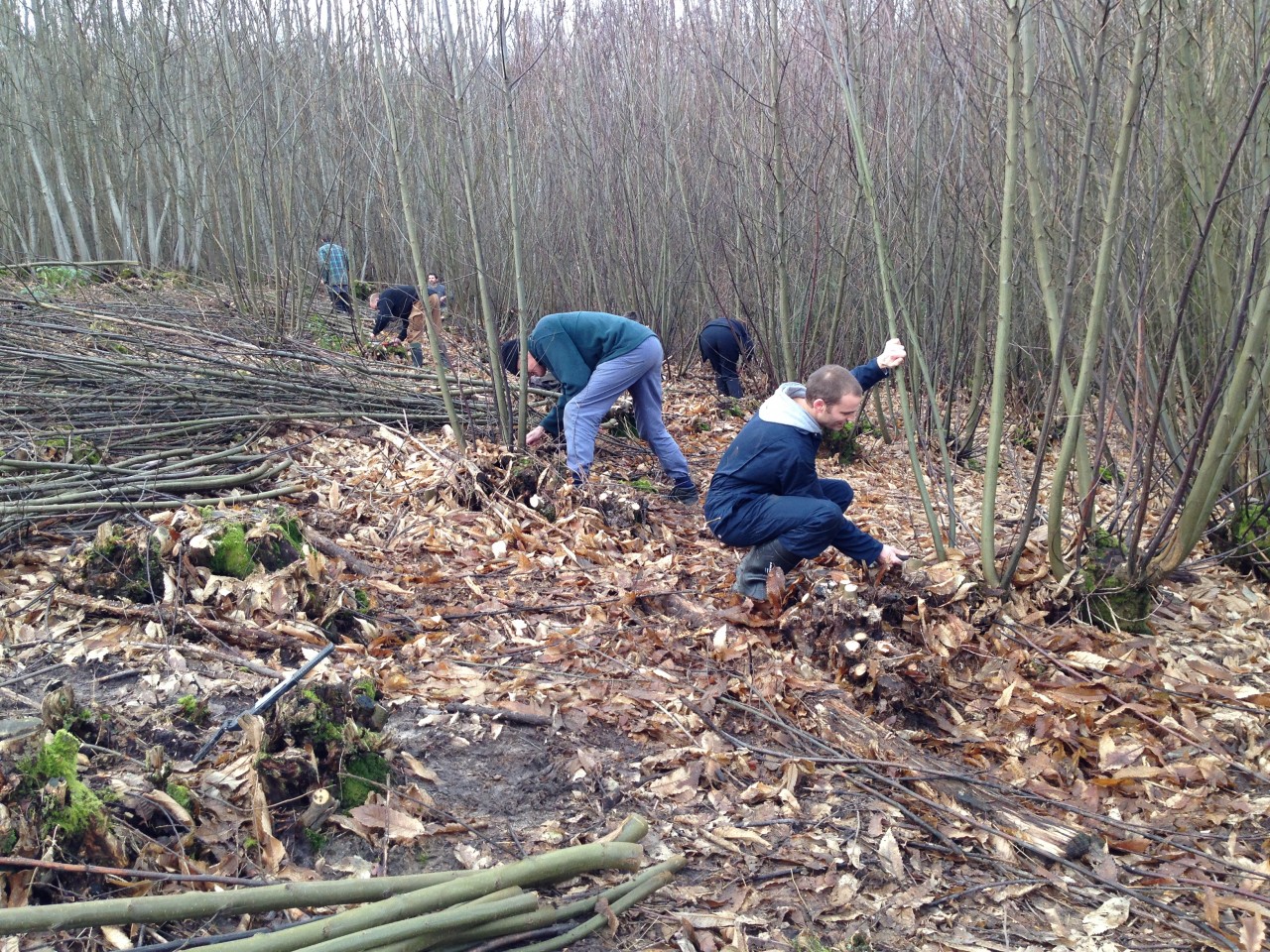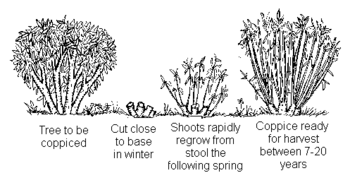
The Ancient art of coppicing has returned to St Ives and is being extended to other Bradford district woodlands. Volunteers from Forest of Bradford (BEAT) and Trust for Conservation Volunteers (TCV) harvested 700 poles that will be used for staking trees to support new planting.

For thousands of years before coal, saw mills and conifer plantations, coppicing was carried out across the British Isles. Our early ancestors noticed that broadleaved trees readily re-grow from cut stumps. The new growth or “spring wood” can easily be cut every 5 to 20 years for use in a variety of products.

This type of woodland management can help to tackle climate change and restore biodiversity. As much of the work can be done with hand tools and horses used for extraction, there is no need for chainsaws and large forestry machinery. Cutting areas in rotation also creates a much more varied structure – open ground, shrub stage, edges – providing habitat with a greater variety of plants, insects and birds than closed high canopy woodland or grassland.
Products and Crafts

(courtesy Tom’s Travels)
Coppice support a wide range of products and the associated crafts.
- Baskets and Trugs
- Fences, Gates and Hurdles
- Beanpoles, posts and sticks
- Charcoal and fire wood
- Home and garden
- Buildings and structures
- Hedging and River Products
Have a go!
If you are interested in learning the art of coppicing and coppice crafts check out Ben Law, Coppice Products or join Forest of Bradford for their next session at St Ives.

